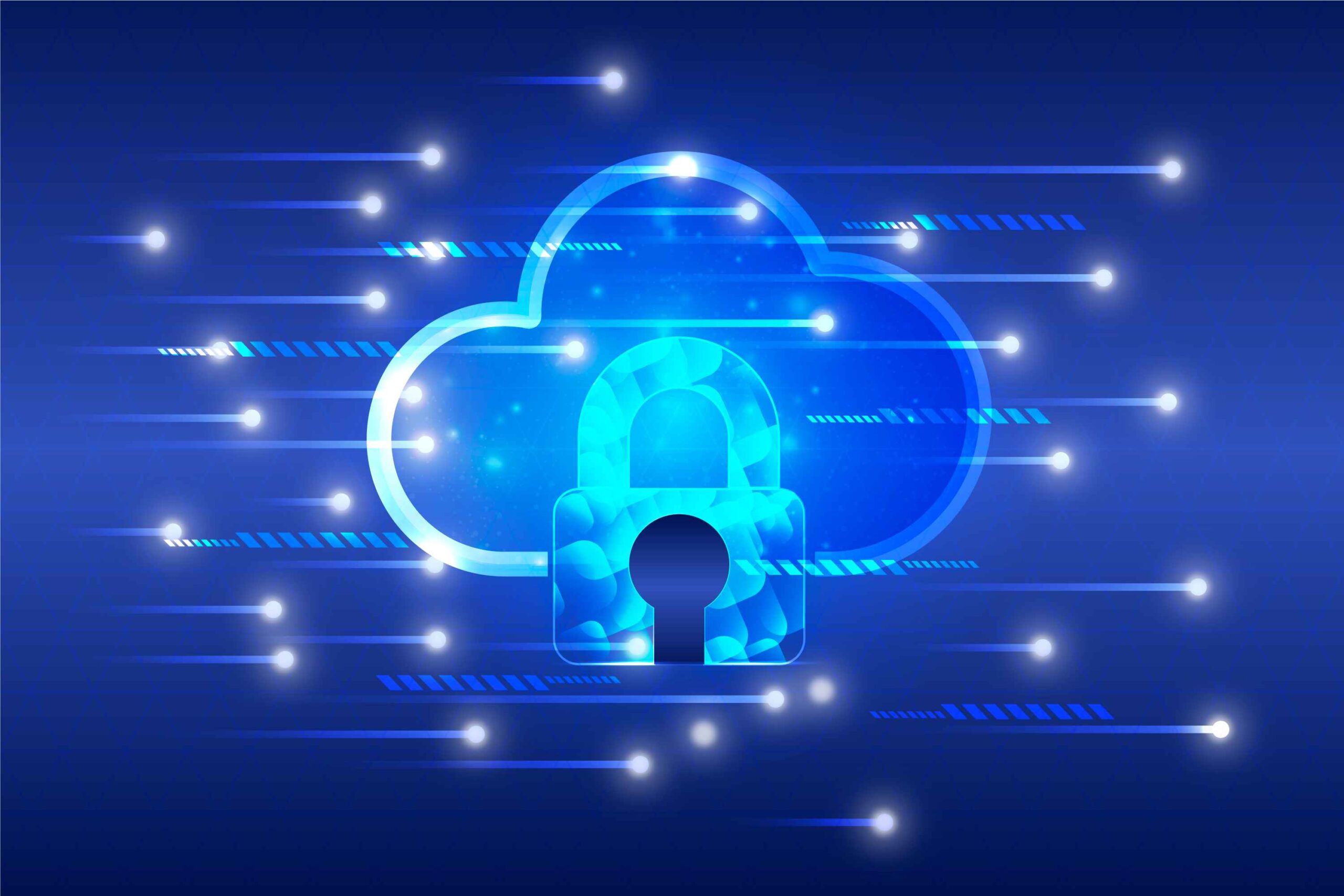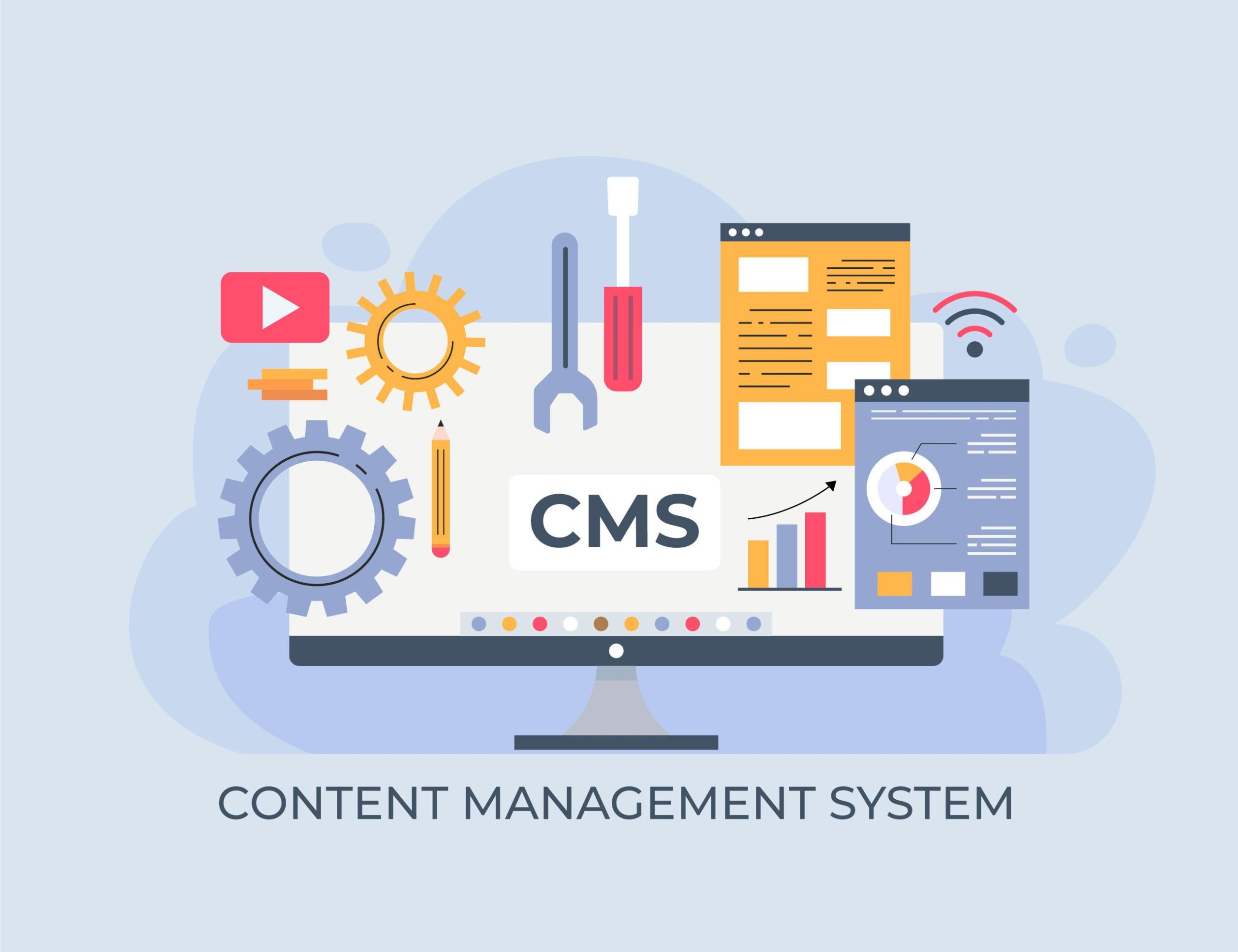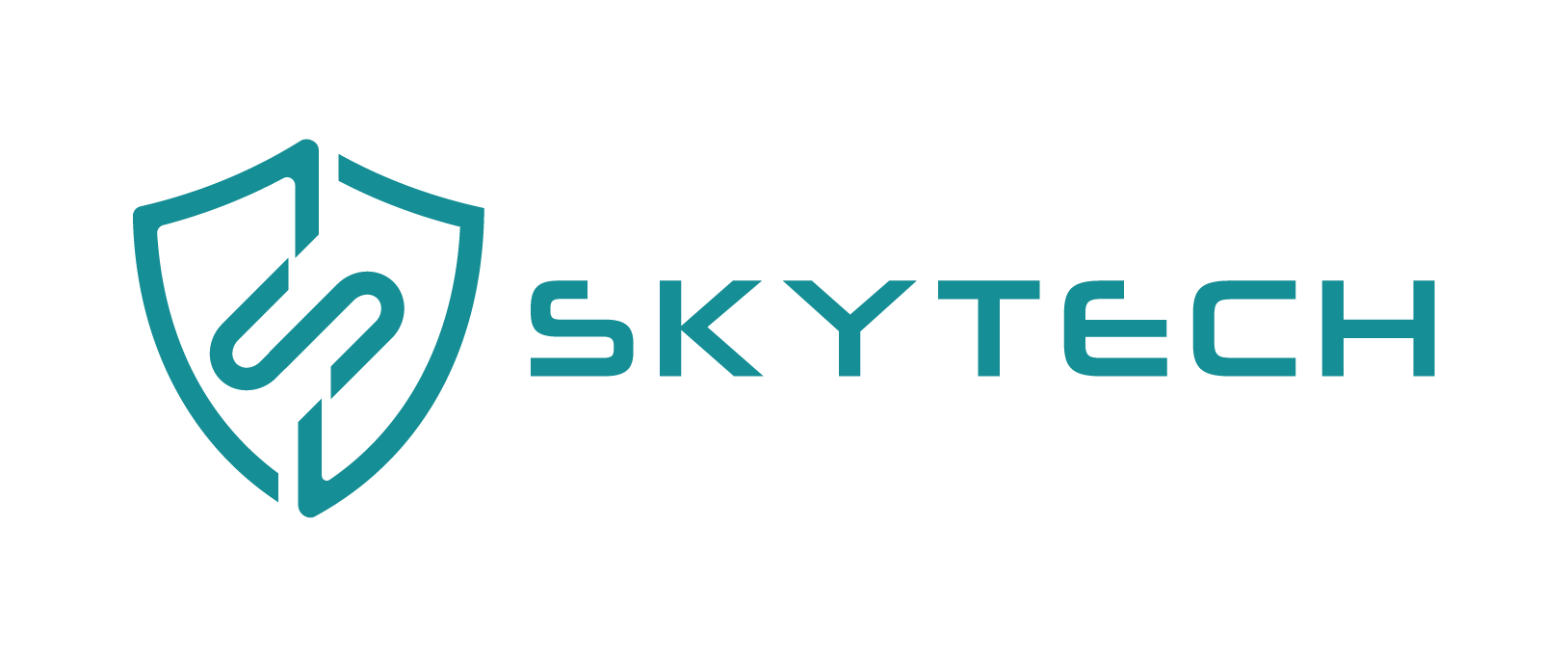
AWS Security Checklist: Must-Know Tips for Cloud Protection
Cloud computing has changed the way businesses do work, especially in this era of digital transformation. With features like agility, scalability, and cost savings at the forefront, Amazon Web Services (AWS) is the leader in the market for cloud services, offering a complete list of cloud services. With great flexibility comes great responsibility, and when it comes to security, AWS customers are responsible for the cloud-based applications and data they place on the platform. Whether you are a small business or multinational corporation using Amazon Web Services in Dubai, protecting the cloud-based infrastructure is a necessity to ensure business continuity and compliance.
The cloud environments can be pretty complex. Therefore, overlooking best practices can leave organizations vulnerable to breaches, data loss, and compliance times that could persist across their cloud infrastructure. This is why having an effective AWS security checklist is not just good practice; it is a requirement.
The Importance of AWS Security
AWS operates under a shared responsibility model. AWS is responsible for securing the infrastructure, while the responsibility for the way customers secure the cloud, including data, applications, identity access, and more falls on the customer. Automated misconfiguration, poor access control, or lack of monitoring by the customer may leave them wide open for a cyberattacks.
And in cities like Dubai—where tech-savvy consumers and data regulations are expanding—staying ahead of your AWS security game is smart and strategic.
Here is a walkthrough of a must-know security checklist to help you build a resilient, compliant, and secure cloud environment in AWS.
-
Identity and Access Management (IAM): The First Layer of Defense
Your AWS security workflow starts with who can access what. Correctly configuring IAM is important to avoid unauthorized access to your resources. It is easy to overlook IAM in the rush of deploying services, but neglecting IAM can leave you very exposed.
- Use IAM roles instead of sharing long-term credentials. Short-lived access tokens are a much more secure way of providing permissions than long-term credentials, which can be easily exposed to potential access and compromise.
- Turn on multi-factor authentication (MFA) for all root and privileged accounts. MFA adds another layer of protection to your credentials, so that even if they are exposed to an attacker, they do not have the second part of the authentication and access credentials.
- Follow the principles of least privilege – grant only the permissions required to perform a task. This approach helps mitigate the risk of a user unintentionally executing an unauthorized action, even if their account is compromised.
- Regularly audit all IAM roles and policies and unused accounts. Periodic auditing of IAM roles and policies will help to verify that only active and necessary accounts are accessing the AWS environment.
In Dubai’s competitive cloud landscape, where multiple users may have simultaneous access to the services, your IAM errors can create compliance challenges and serious security risks.
-
Secure your S3 Buckets: Don’t leave your data unprotected
S3 bucket misconfigurations have made headlines around the world as they allow unintended exposes of sensitive data. After ensuring that your backup process is functional, a security review, and reduce the possibility of exposing any of these storage resources in a way that leaves you vulnerable.
- Disable public access unless required. S3 buckets are private by default but users can easily unintentionally allow public access. Users should ensure that only authorized users’ access the data intended for them.
- Use bucket policies and ACLs judiciously. Use bucket policies to indicate what users or services have access to which buckets. Always use permissions “as required”.
- Enable encryption for data at rest and in transit. Even if your S3 buckets get compromised, encryption will ensure that any data will be unreadable without the decryption key.
- Review access logs and use Amazon Macie for sensitive data discovery. Amazon Macie identifies sensitive data such as personally identifiable information (PII) from your S3 buckets using machine learning models tailored to the actual sensitive data observed in S3.
Especially with data protection regulations tightening in Dubai with respect to the use of Amazon Web Services, mishandled data storage risks not only your reputation but also your business from a legal perspective.
-
Encryption: The Backbone of Data Privacy
Encryption is your best friend in the cloud. When it comes to cryptographic keys, AWS has a toolbox like KMS (key management service) and CloudHSM. Encryption ensures that sensitivity is protected when it is at rest as well as transferring across the network.
- Encrypt sensitive data at rest using AWS managed keys or bring your own keys. Since data is bombarded with threats, encrypting data as it remains protected even if an unauthorized person gains access to your storage infrastructure.
- Encrypt sensitive data in transit using TLS/SSL. Only encrypted communication channels can protect the integrity of your data as it travels between services and users while protecting the confidentiality of it as well.
- Regularly rotate encryption keys, and monitor usage of keys. Regular rotation minimizes risk for key exposure, while monitoring usage of keys will identify unusual activity.
- Strong encryption provides assurance of client data protection and highlights your commitment to privacy – especially when working in markets like Dubai where clients’ trust is fundamental to conducting business – and compliance with the UAE’s strict data protection laws.
-
Monitoring and Logging: Eyes on the Cloud
Without visibility, you cannot see what is happening in your cloud environment. AWS has an immense amount of logging and monitoring capabilities in place, and it is up to you to turn it on and use it properly to be ahead of threats. By monitoring your environment proactively, you can potentially monitor suspicious behavior early, or be able to respond to incidents in real-time.
- Ensure you have enabled AWS CloudTrail for logging and auditing, but also be sure to use it for tracking API activity. Remember that CloudTrail captures all requests made by the API, including who made the request and at what time. This might lead you to detect unauthorized activity or incorrect activity that might not be compliant.
- Amazon CloudWatch to monitor metrics and set alarms. CloudWatch allows monitoring of operational metrics, such as CPU, or network traffic, and setting up alerts when certain thresholds are exceeded.
- Enable AWS Config to monitor changes in configuration across resources. AWS Config maintains a history of AWS resource configurations, which can help identify when a change in configuration may have created a vulnerability.
- Integrate with a SIEM for centralized security operations. For large organizations, integrating AWS monitoring tools with a SIEM (Security Information and Event Management) solution allows a faster approach to threat detection and incident response.
For organizations based in Dubai where compliance and cybersecurity certifications are increasingly expected, the added benefit of monitoring is accountability and keeping you at ease with regulations.
- Network Security: Build a Safe Perimeter
Even in your virtual environment, a solid network architecture is critical. Think of it this way, you, are creating but invisible yet impenetrable fences around your assets. Proper network segmentation could help with impact mitigation of impacted services on your network and could contain the threats or vulnerabilities to specific areas of your environment.
- Create VPCs (Virtual Private Clouds) with the right subnet’s segregation. Use private subnets for sensitive applications wisely, and public subnets for non-sensitive resources, thereby limiting exposure to outside traffic.
- Use security groups and network ACLs to manage inbound/outbound traffic. Security groups act as virtual firewalls to control access to your EC2 instances, and network ACLs provide an additional layer of security at the subnet level.
- Deploy NAT gateways and VPN connections for private secure access. If your architecture requires private subnets to have access to the Internet, based on your requirements, deploy NAT gateways to route the traffic securely for your applications. You can deploy VPN connections in your architecture to ensure that remote workers or offices are communicating securely and encrypted.
- Use AWS Shield and AWS WAF to protect against DDoS and application attacks respectively. AWS Shield protects against DDoS attacks. AWS WAF (Web Application Firewall) helps to protect against malicious web application traffic.
Regardless of whether you are using Amazon Web Services to host enterprise-grade apps or e-commerce websites in Dubai, good network design can ensure that you provide uninterrupted services.
- Patch Management: Fix What’s Broken Before It Breaks You
Unpatched systems are a hacker’s paradise. AWS doesn’t manage your EC2 instance patching – that’s on you. Regularly patching your systems is important to reduce exploits and the attack surface you allow for attack.
- Let AWS Systems Manager Patch Manager automate your patch management. Patch Manager can install updates on your EC2 instances automatically, keeping your systems up-to-date.
- Schedule updates and monitor patching status. Ensure patching processes are followed periodically and the patching approaches are consistent. AWS Systems Manager provides an easy way to monitor the status of patching.
- Subscribe to AWS Security Bulletins and be proactive. Security bulletins allow you to stay informed of new vulnerabilities and patches that may affect your environment.
Regularly patching will close vulnerabilities and is often mandated to maintain regional compliance standards in the UAE.
- Backup and Disaster Recovery: Hope for the Best, but Prepare for the Worst
Accidents happen, systems fail and, at times the cybercriminals win. A well-thought backup plan and disaster recovery plan means you are never caught off guard. The best recovery plan means that you can, with confidence, recover promptly from the incident and reduce downtime.
-
- Ensure regular snapshots of EC2, RDS, and EBS volumes are configured. Snapshots are essentially a backup of the current state of your instance ensuring you can roll back to a previous working configuration.
- Regularly test restored processes. Backup solutions are only as good as their ability for you to restore the data. Conduct regular restore tests to ensure the process works smoothly.
- Store backups in separate AWS regions for redundancy. Storing backups across different regions ensures that your data remains safe, even if a region becomes unavailable.
In the dynamic business environment of Dubai, downtime can cost you more than just money—it can cost you trust. Resilience equals reliability.
Why Choose Sky Tech Cyber Cloud?
Choosing the right partner is crucial when securing your AWS environment, it can be the difference maker on your journey in the cloud. While there are managed service providers who will help you, Sky Tech Cyber Cloud is not just a managed service provider, we are your security-first aligned and strategy-driven partner in the Middle East tech market. With AWS certified staff and two decades of hands-on experience, you can rest assured that your transition to the cloud is being handled by professionals who are securing all internal and external threats.
What differentiates Sky Tech Cyber Cloud is our passion for building proactive cloud defence as opposed to reactive mitigation of a threat. We build proactive cloud architecture and continuously monitoring against features that limit your cloud to regulatory issues and threats on real-time basis. For companies working on Amazon Web Services in Dubai, this means peace of mind and meeting regulatory requirements without slowing down your business processes.
Conclusion
Cloud security is not a tick-mark and done checklist. Security readiness means embracing commitment to changing technology and the changing world of threats, clear reporting on your AWS environment, and keeping up with innovations from AWS that open up new security possibilities. By adopting a layered, proactive, and compliant security posture, your business can truly harness the power of AWS—without compromise.
In Dubai’s rapidly advancing digital economy, the stakes are higher than ever. From startups to enterprises, every organization using Amazon Web Services in Dubai must treat cloud security as a core business function. And with a trusted partner like Sky Tech Cyber Cloud by your side, you can focus on innovation, while they focus on protection. Call us at +971 50 7437958 or email us at [email protected] to know more.
Related Posts
Why Are Cloud-to-Cloud Transfers Essential?
Why Are Cloud-to-Cloud Transfers Essential? In today’s rapidly-evolving digital world, businesses do not simply use…
The Practical Benefits of CMS Development Services
The Practical Benefits of CMS Development Services A robust online presence is a must in…
Cybersecurity Best Practices for Secure Online Reservations
Cybersecurity Best Practices for Secure Online Reservations In the modern digital age, online reservations are…
Top Trends in Mobile App Development for 2025
Top Trends in Mobile App Development for 2025 Brief on how mobile apps continue to…







